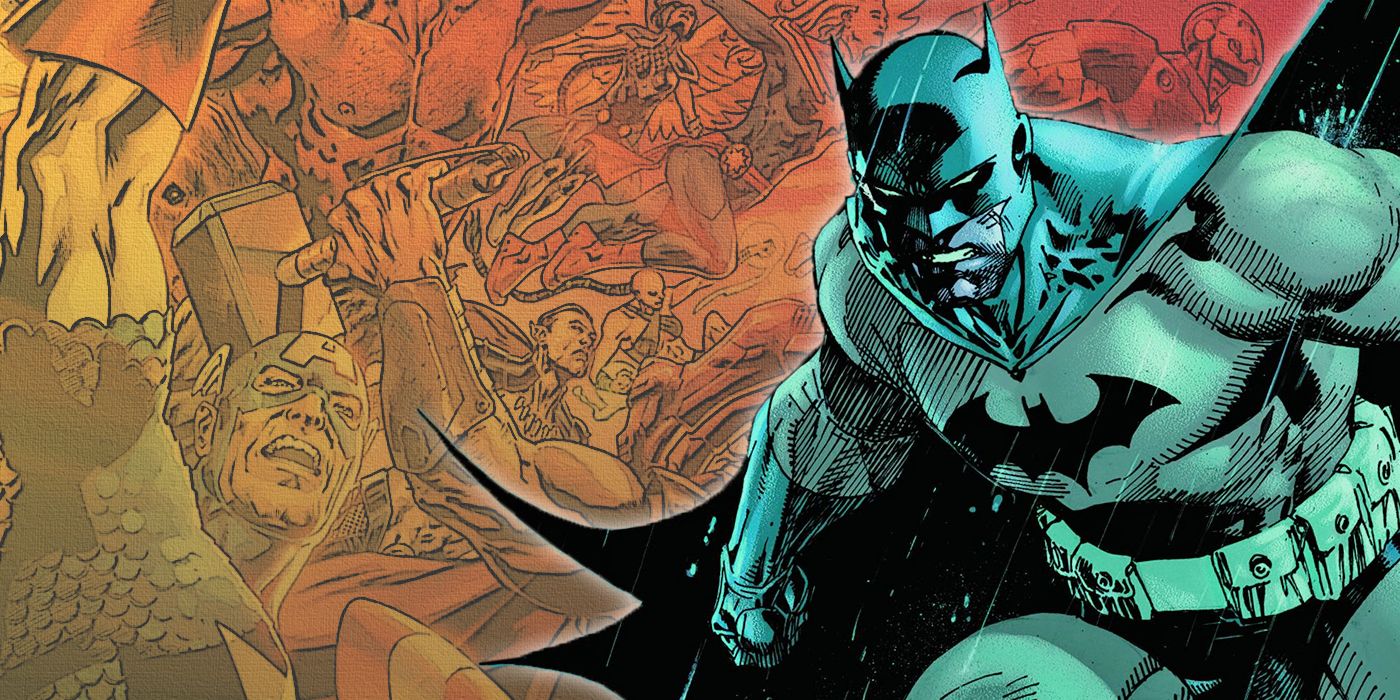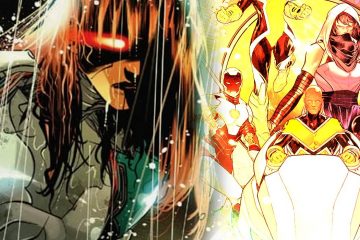For better or worse, the Marvel oeuvre has permeated all pop culture. The pithy snark, ironic detachment, and general aesthetic of the MCU, originally made famous by effervescent talents like Robert Downey Jr and Paul Rudd, are now often emptily emulated to flat results. Marvel’s comics are no exception. After all, the MCU was inspired by its comics, many of which sported similar stylings, such as works by the now eye-roll-inducing Joss Whedon. At this point, Marvel’s penchant for self-referential, self-congratulatory victory lapping has gone on for a decade-plus, and its storytelling has suffered, especially in the comics space.
While tribalism reigns supreme in comic book fandom — DC and Marvel are forever pitted against one another — creators and lifelong enthusiasts know there’s plenty of crossover between the two pillar companies. Of paramount, though, there is plenty the two can learn from each other. Now more than ever, as Marvel tries to find its footing tinkering with the comic book presence of its most notable heroes — recently altered X-Men and Spider-Man titles come to mind — it would behoove them to visit or, more likely, revisit the other side of the proverbial tracks, where a bounty of DC classics led by Batman could serve as inspiration to correct their recent missteps.
Moore’s already brilliant story gets a boost from Brian Bolland’s legendary art in Killing Joke. The two successfully produce a masterclass in psychological depth. Though its clumsy animated retelling thrust the story into controversial territory, the original comic remains as profound as ever, beloved for its bold journeying into the doldrums of darkness. The story delves into the Joker’s warped psyche, offering a disorienting but dazzling insight into his complicated origin. In it, The Joker attempts to prove that anyone can be driven mad by experiencing “just one bad day.”
For better or worse, the Marvel oeuvre has permeated all pop culture. The pithy snark, ironic detachment, and general aesthetic of the MCU, originally made famous by effervescent talents like Robert Downey Jr and Paul Rudd, are now often emptily emulated to flat results. Marvel’s comics are no exception. After all, the MCU was inspired by its comics, many of which sported similar stylings, such as works by the now eye-roll-inducing Joss Whedon. At this point, Marvel’s penchant for self-referential, self-congratulatory victory lapping has gone on for a decade-plus, and its storytelling has suffered, especially in the comics space.
While tribalism reigns supreme in comic book fandom — DC and Marvel are forever pitted against one another — creators and lifelong enthusiasts know there’s plenty of crossover between the two pillar companies. Of paramount, though, there is plenty the two can learn from each other. Now more than ever, as Marvel tries to find its footing tinkering with the comic book presence of its most notable heroes — recently altered X-Men and Spider-Man titles come to mind — it would behoove them to visit or, more likely, revisit the other side of the proverbial tracks, where a bounty of DC classics led by Batman could serve as inspiration to correct their recent missteps.
Moore’s already brilliant story gets a boost from Brian Bolland’s legendary art in Killing Joke. The two successfully produce a masterclass in psychological depth. Though its clumsy animated retelling thrust the story into controversial territory, the original comic remains as profound as ever, beloved for its bold journeying into the doldrums of darkness. The story delves into the Joker’s warped psyche, offering a disorienting but dazzling insight into his complicated origin. In it, The Joker attempts to prove that anyone can be driven mad by experiencing “just one bad day.”
#Marvel #Learn #DCs #Batman #Comics
Note:- (Not all news on the site expresses the point of view of the site, but we transmit this news automatically and translate it through programmatic technology on the site and not from a human editor. The content is auto-generated from a syndicated feed.))



